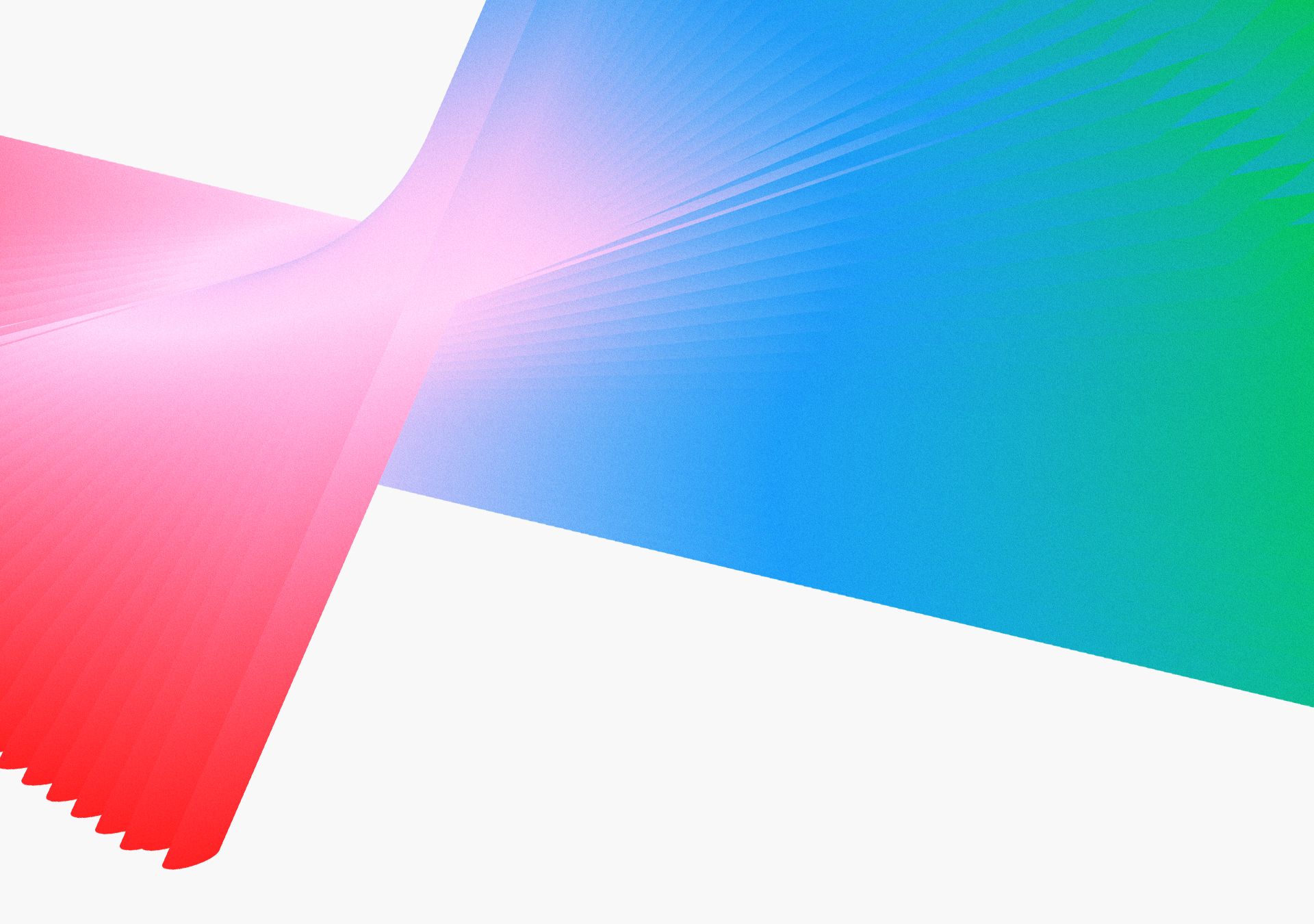Closed captions in English can be accessed in the video player.

Modern Tools for Creating Compelling Composites in Photoshop - VS304

SPEAKERS
-

Digital Imaging Evangelist Director, Adobe
Featured Products
-
Photoshop
Free trial
Session Resources
No resources available for this session
Session Resources
ABOUT THE SESSION
Technical Level: Intermediate
Join Julieanne Kost, digital imaging evangelist at Adobe, and learn how to expedite your creative process using the newest features in Photoshop. Discover how Julieanne seamlessly merges disparate visual elements to create a single, surreal, composited scene. She’ll demonstrate how to incorporate powerful tools into your workflow to enhance efficiency from conceptualization to finalization.
Topics include:
- Using the latest Photoshop features powered by Adobe Firefly to boost the creative spark
- Choosing and unifying elements to create successful compositions
- Leveraging powerful new Photoshop features that will transform your compositing workflow
Technical Level: Intermediate
Type: Session
Category: Inspiration
Track: Drawing, Painting, and Illustration, Graphic Design, Photography
Audience Types: Art/Creative Director, Educator, Graphic Designer, Motion Designer, Photographer, Post-Production Professional, Print Designer
This content is copyrighted by Adobe Inc. Any recording and posting of this content is strictly prohibited.
By accessing resources linked on this page ("Session Resources"), you agree that 1. Resources are Sample Files per our Terms of Use and 2. you will use Session Resources solely as directed by the applicable speaker.
Inspiring Insights
Short videos to explore even more
Keep the learning going with insights from industry experts. Get hot tips and tricks and best advice in 50+ bonus video — all under five minutes
Not sure which apps are best for you?
Take a minute. We’ll help you figure it out.